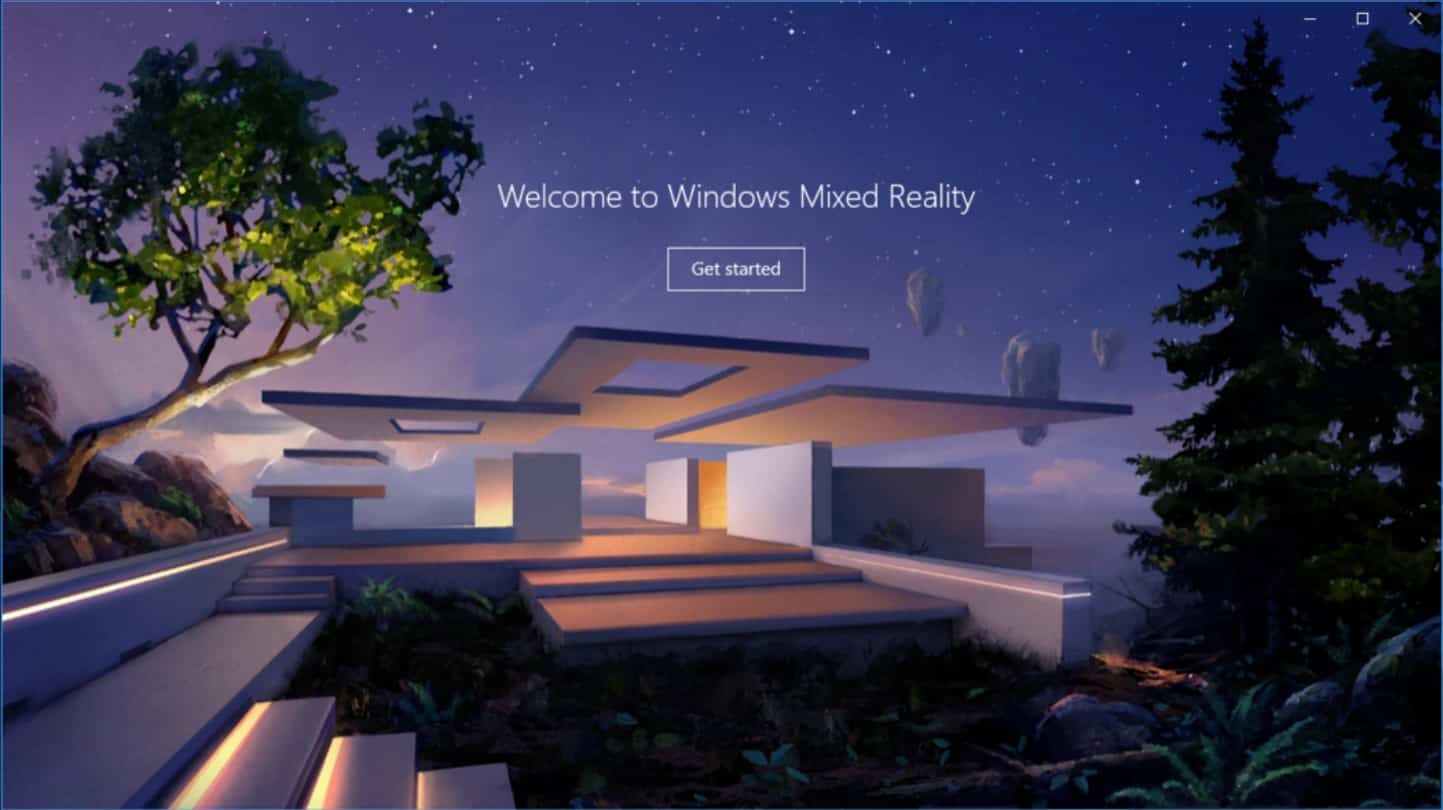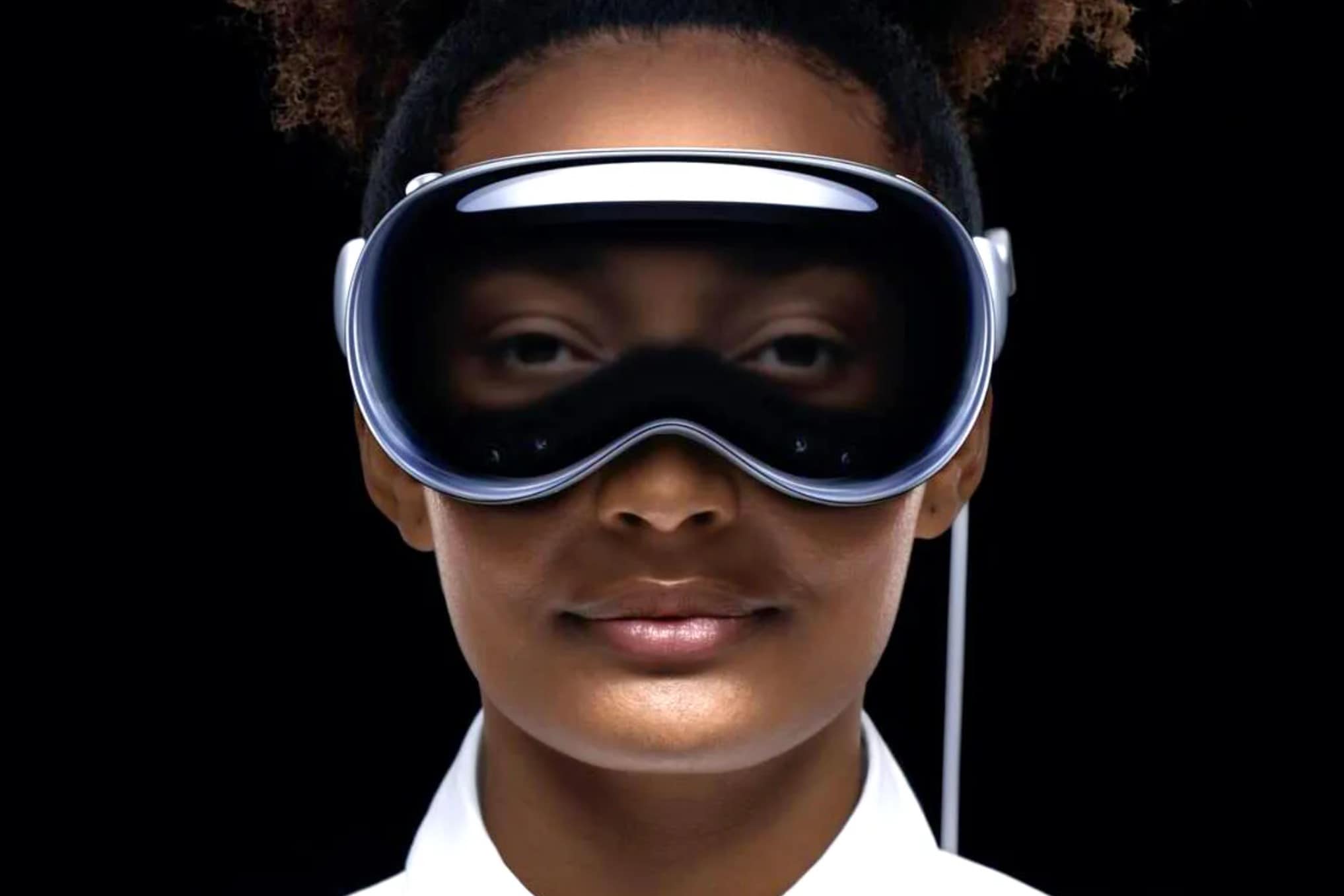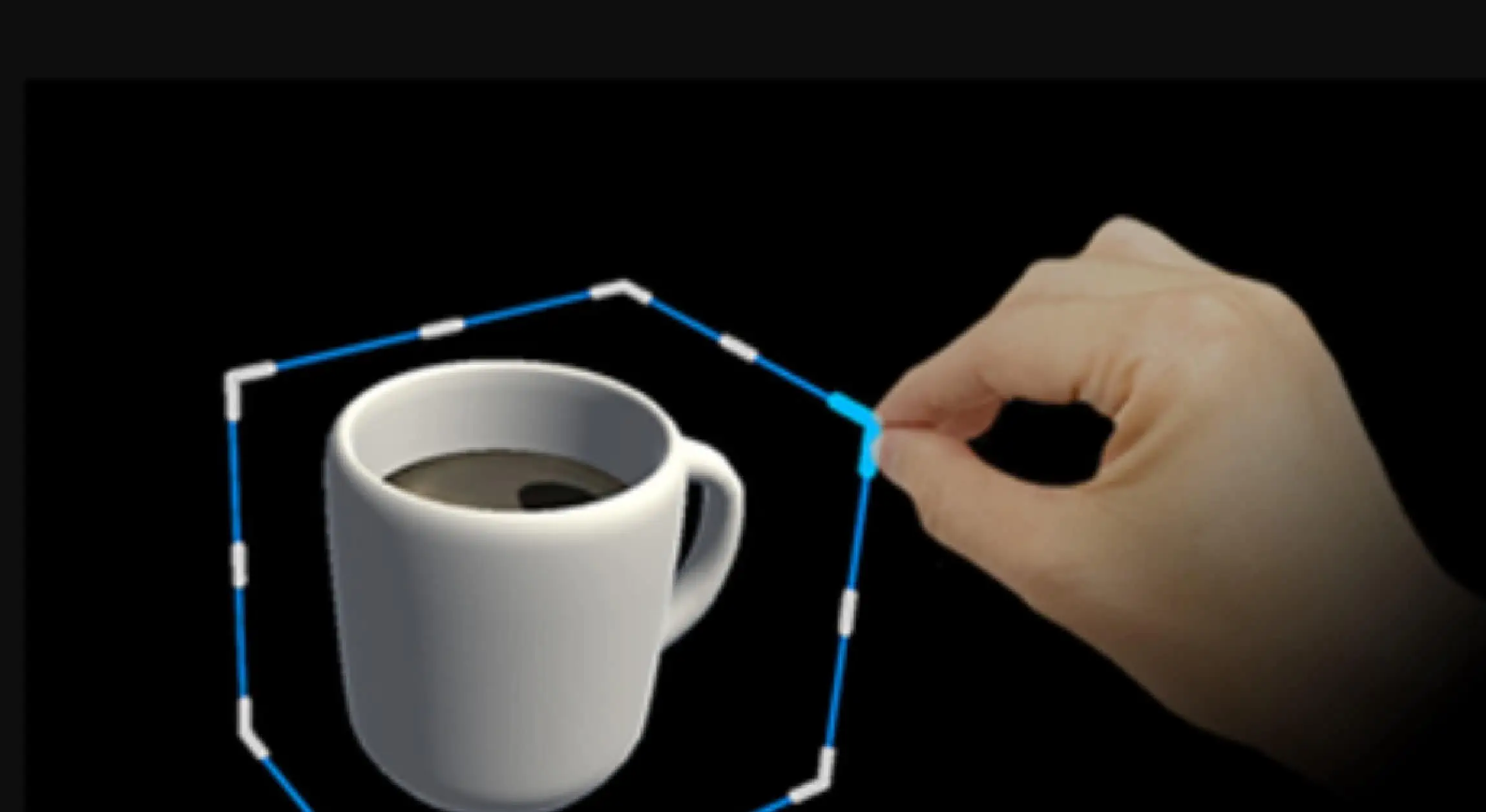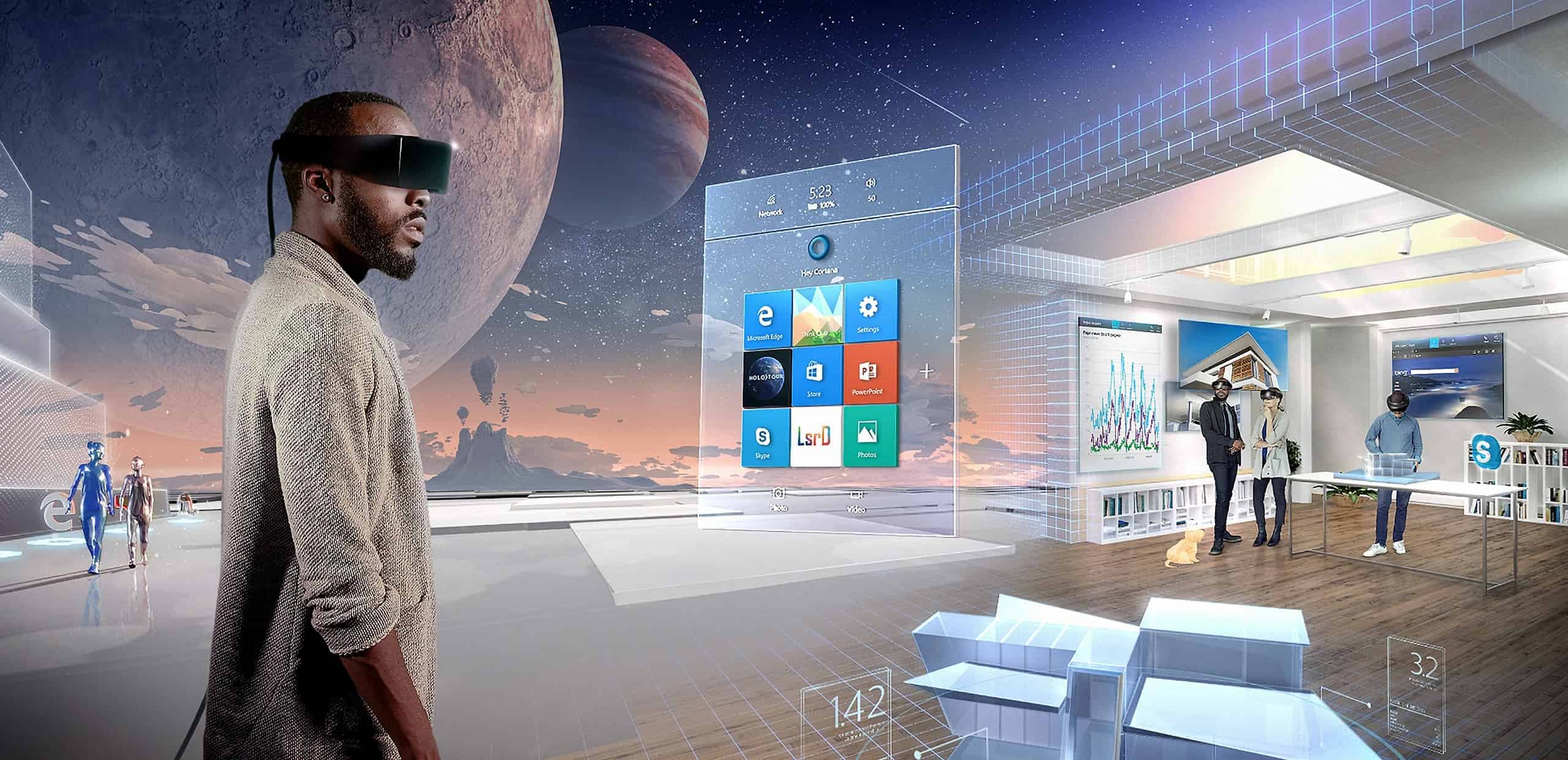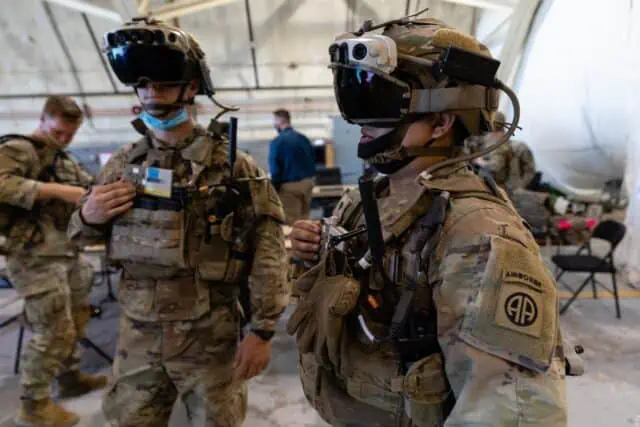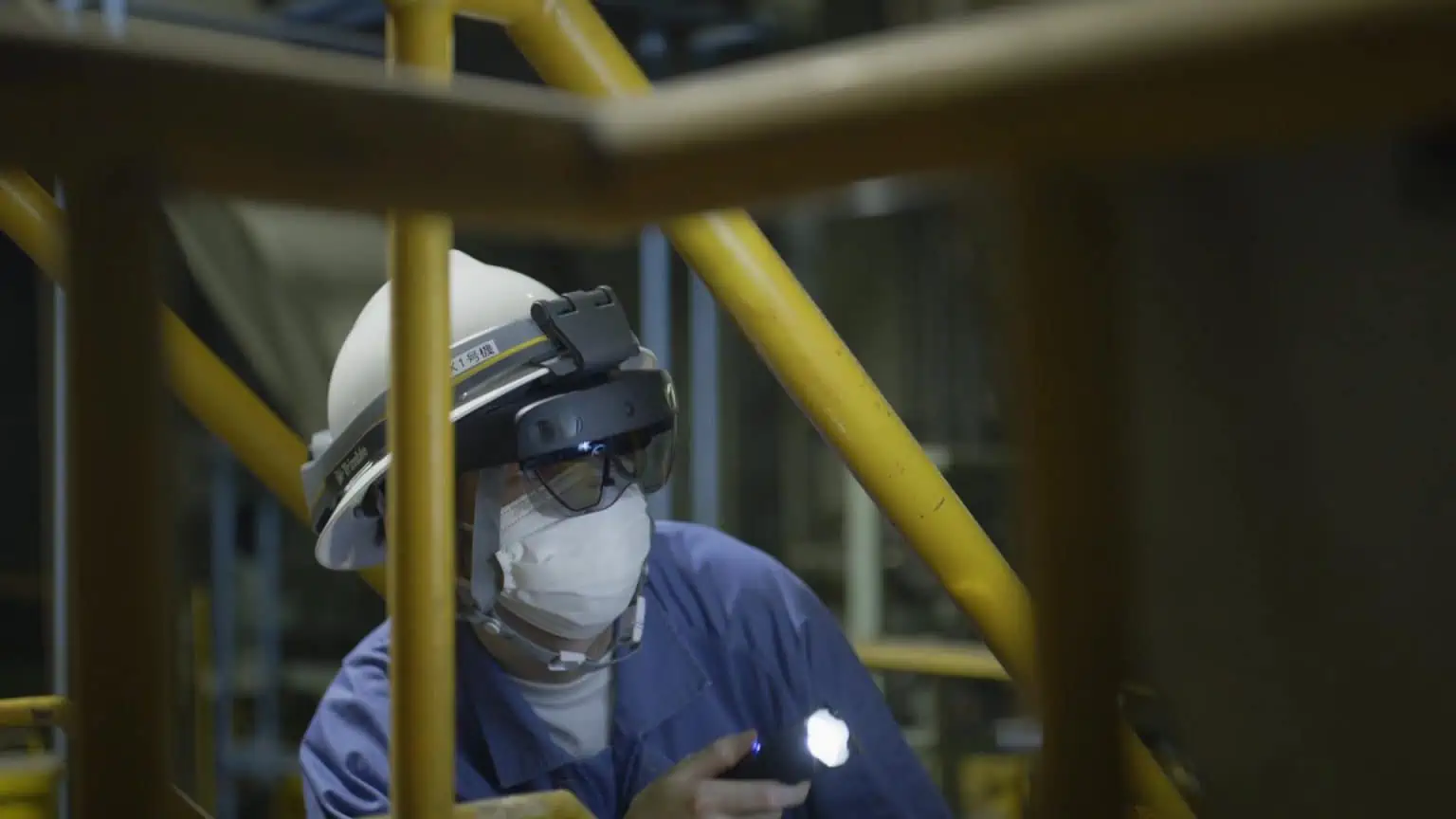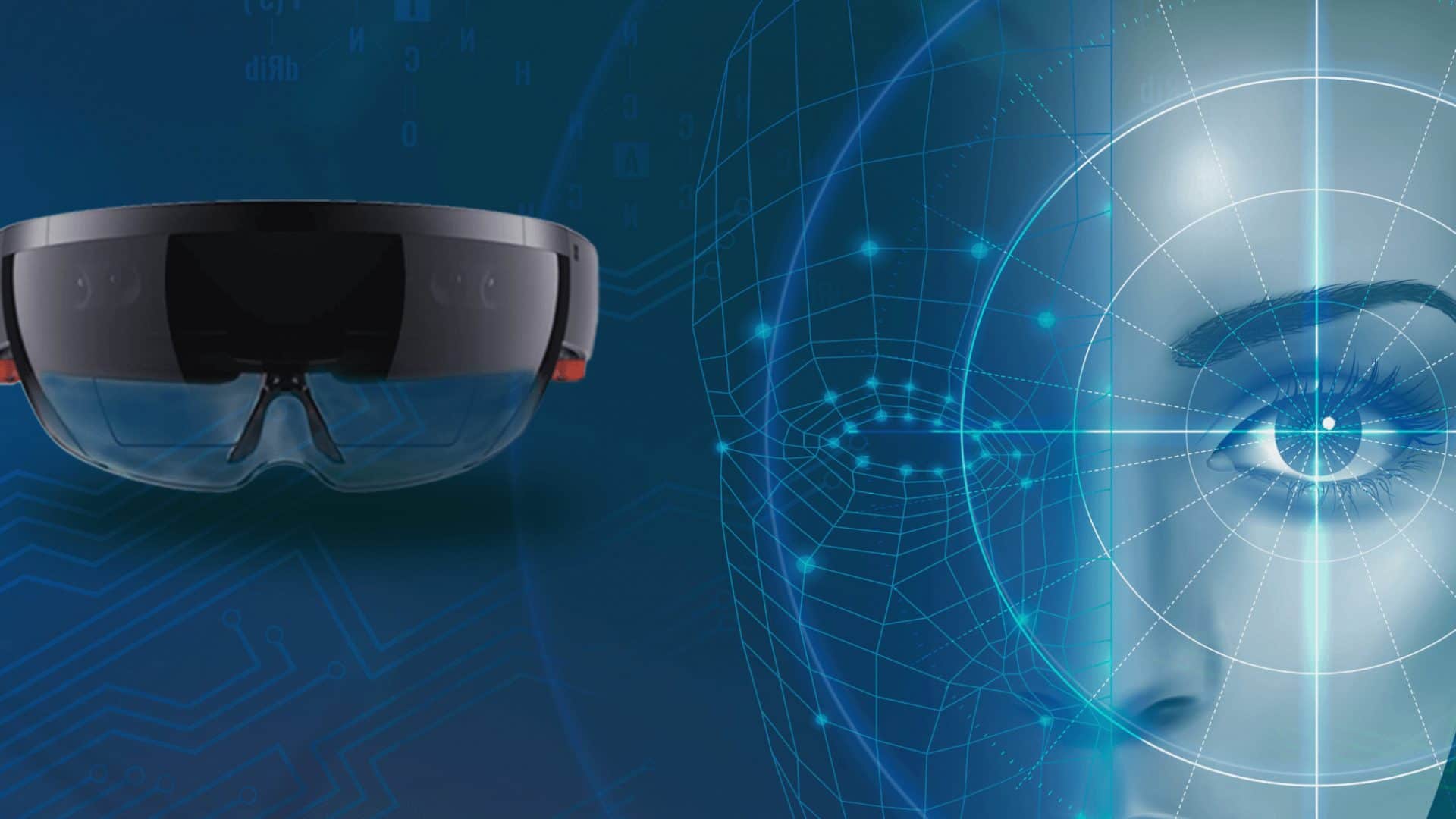Here are some HoloLens 2 titbits which are not in the official specs
2 min. read
Published on
Read our disclosure page to find out how can you help MSPoweruser sustain the editorial team Read more

Microsoft released information about the HoloLens 2 in a rather scattershot fashion to journalists all over the internet, making it difficult to know many bits of crucial information.
In this post, I am collecting a few relevant items which are not specifically called out in the official specs.
- The screen is capable of generating 500 nits of brightness, with the possibility of cranking this up more. This is useful for outdoor work.
- The device uses Laser-Based Scanning and waveguides, and Zulfi Alam, general manager for Optics Engineering at Microsoft, says “There’s no competition for the next two or three years that can come close this level of fidelity in the waveguides.”
- The increased field of view has expanded mainly upwards, increasing the diagonal of the field of view.
- It features automatic interpupillary distance adjustment using the eye-scanning cameras, and this works even through glasses.
- There is the option for an overhead headband, something some users have been demanding for long-term comfort.
- The memory foam pad that rests against your head is removable and cleanable.
- The device is based on Windows “OneCore” which is now Windows Core OS of course.
- This means the device has the drivers to support Bluetooth keyboard and mice.
- The battery life has not increased despite the use of the Qualcomm Snapdragon 850 processor as this allowed the battery to be made smaller and the device therefore slightly lighter.
- Microsoft did not do 5G as the device is meant to be used mainly indoors. This may be in a future version.
- The HoloLens 2 tracks 25 articulation points on your hands and your palm direction.
- It can identify specific objects based on their shape and appearance, something which was not possible in HoloLens 1, where is only recognized surfaces.
- Cloud computing will improve spatial resolution from centimetres to millimetres.
- It will also improve graphics rendering from 100,000 polygons for a 3D object to rendering 100 million polygons.
- Microsoft hopes to move even more compute to the cloud in future versions, allowing even smaller and lighter headsets.
- Microsoft thought about physical controllers but decided against them for HoloLens 2. Maybe for HL 3.
- Alex Kipman feels in the next 1 to 2 years “… all the successful (AR headsets) ones will be enterprise-bound.”
Are there any other titbits which we need to add? Let us know below.

